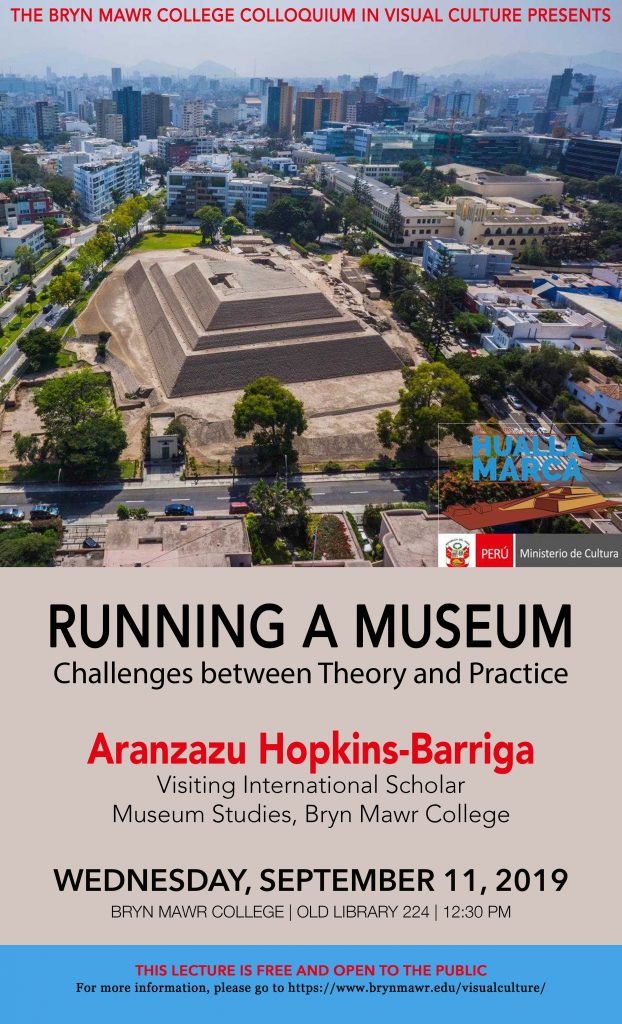Assistant Professor
Department of History of Art and Architecture
Middlebury College
“Textiles and Trade in the Dutch Atlantic World: Albert Eckhout’s African Man and Woman”
Art historians have largely abandoned the notion that Dutch artist Albert Eckhout’s (1610-1665) series of so-called ethnographic portraits—today in the National Museum of Denmark—offer transparent portrayals of the people with whom the Dutch had contact in New Holland, the name given to the northeast region of Brazil during Dutch occupancy (1630-1654). Instead, scholars have more recently posited nuanced and careful critiques of these paintings that identify and challenge the Eurocentric assumptions and hierarchies integral to the conception and interpretation of the series. Acknowledging the critical importance of these studies, this talk seeks to reframe the parameters of the discussion by reestablishing the crucial connections between material culture and cultural identity—which are evident even when bound by the pictorial conventions of oppressive colonial forces. Drawing from global, material culture, and literary studies, this talk will focus on the blue-and-white textiles worn by Eckhout’s African figures, garments that gesture towards the complexities of Dutch global trade networks, but also make visible the complex negotiations that informed cultural identities in the early modern Atlantic world.




